
Dresden
Quite the eventful day on Thursday. Drove from Berlin to Dresden and (a) beat my land speed record (b) put petrol in car for the first time. Happily (unlike the USA), they are very trusting here (fill up first and then pay) however, was not happy having to pay to go to the loo – especially given the price of petrol!
Tried to see Sächsische Schweiz – however a combination of poor navigation and Jarrah experiencing problems with her knee – were unable to get there. So you’ll have to make do with these pics instead. We did however land up in a very scenic little village where we had lunch and paid 10Euros (~A$16) for about an hour of parking – almost as expensive as Sydney 🙂
Next exciting event – the hotel we are staying at in Dresden is right in the heart of the Altstadt which is wonderful and convenient! However – we may or may not have been driving around a pedestrian only zone. I say zone because it didn’t much resemble a road – however GPS chick brought us that way and there didn’t seem to be any other way we could have got here. That’s my story and I’m sticking to it.
Fürstenzug (below) – a large mural of a mounted procession of the rulers of Saxony. It was originally painted between 1871 and 1876 to celebrate the 800th anniversary of the Wettin Dynasty, Saxony’s ruling family. In order to make the work weatherproof, it was replaced with approximately 23,000 Meissen porcelain tiles between 1904 and 1907. With a length of 102 metres, it is known as the largest porcelain artwork in the world. The mural displays the ancestral portraits of the 35 margraves, electors, dukes and kings of the House of Wettin between 1127 and 1904. The Fürstenzug is located on the outer wall of the Stallhof of Dresden Castle.
Zwinger – is a palatial complex with gardens designed by architect Matthaus Daniel Poppelmann. It is one of the most important buildings of the Baroque period in Germany. Along with the Freuenkirche, the Zwinger is the most famous architectural monument of Dresden.
More pics of Zwinger and gardens.
Views from the bloody ferris wheel (refer to Daily Giggle below).
Most buildings very black (from pollution?) and a lot of construction going on, not just in the cities we’ve been to in Germany but in the UK too! Perhaps taking advantage of COVID lockdown to get things done?
Daily Giggle
All Ferris Wheeled Out
Adrenalin junkie “Jarrah-been-on-the-fastest-rollercoaster-in-the-world” got nervous going in a Ferris Wheel (admittedly me too) … we were both breathing a sigh of relief when we returned to the bottom, only to find that we had to go around again, and … yep again … and – oh my god again … and for the love of god a bloody fourth time! (by this time just quite bored!) 🙂





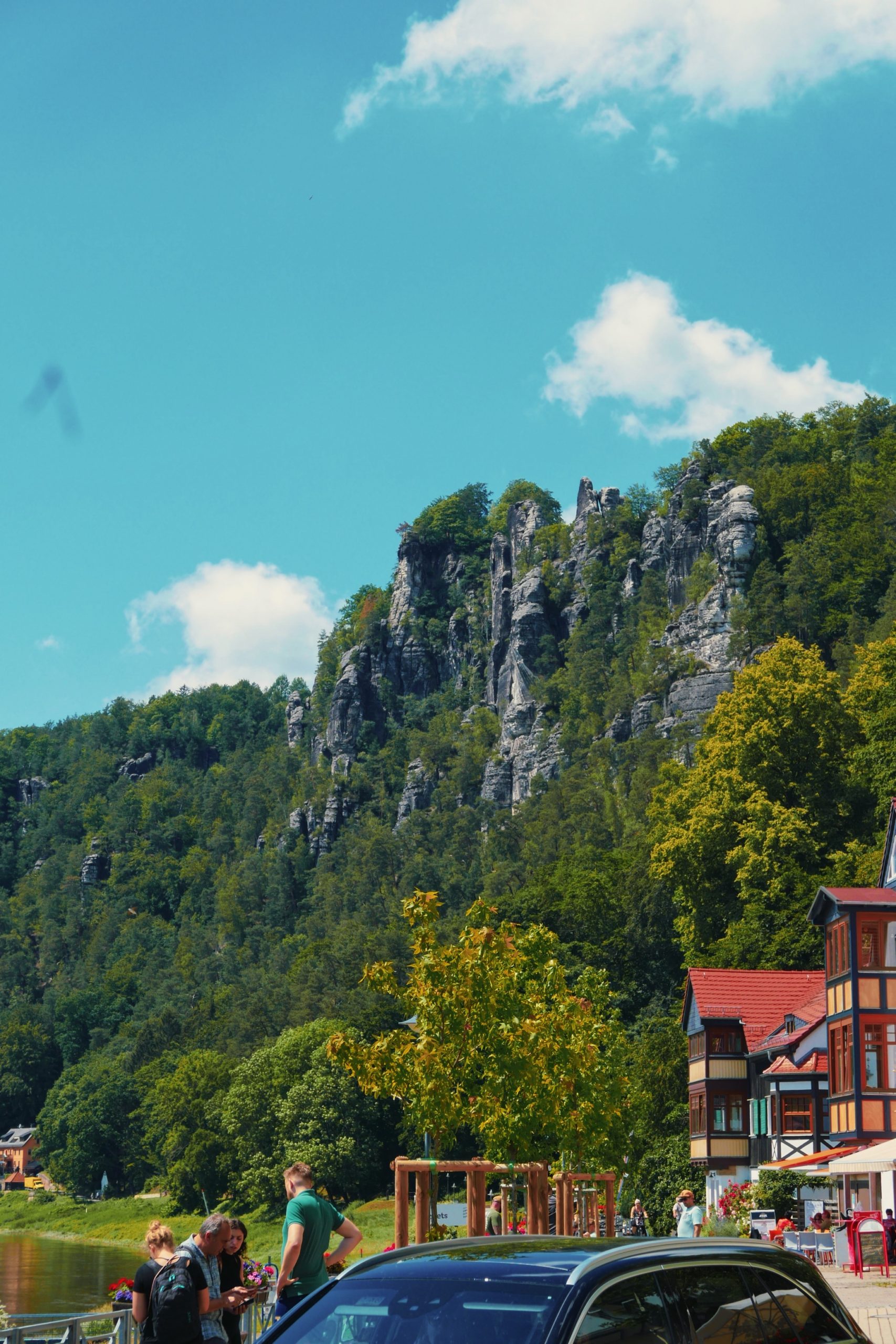




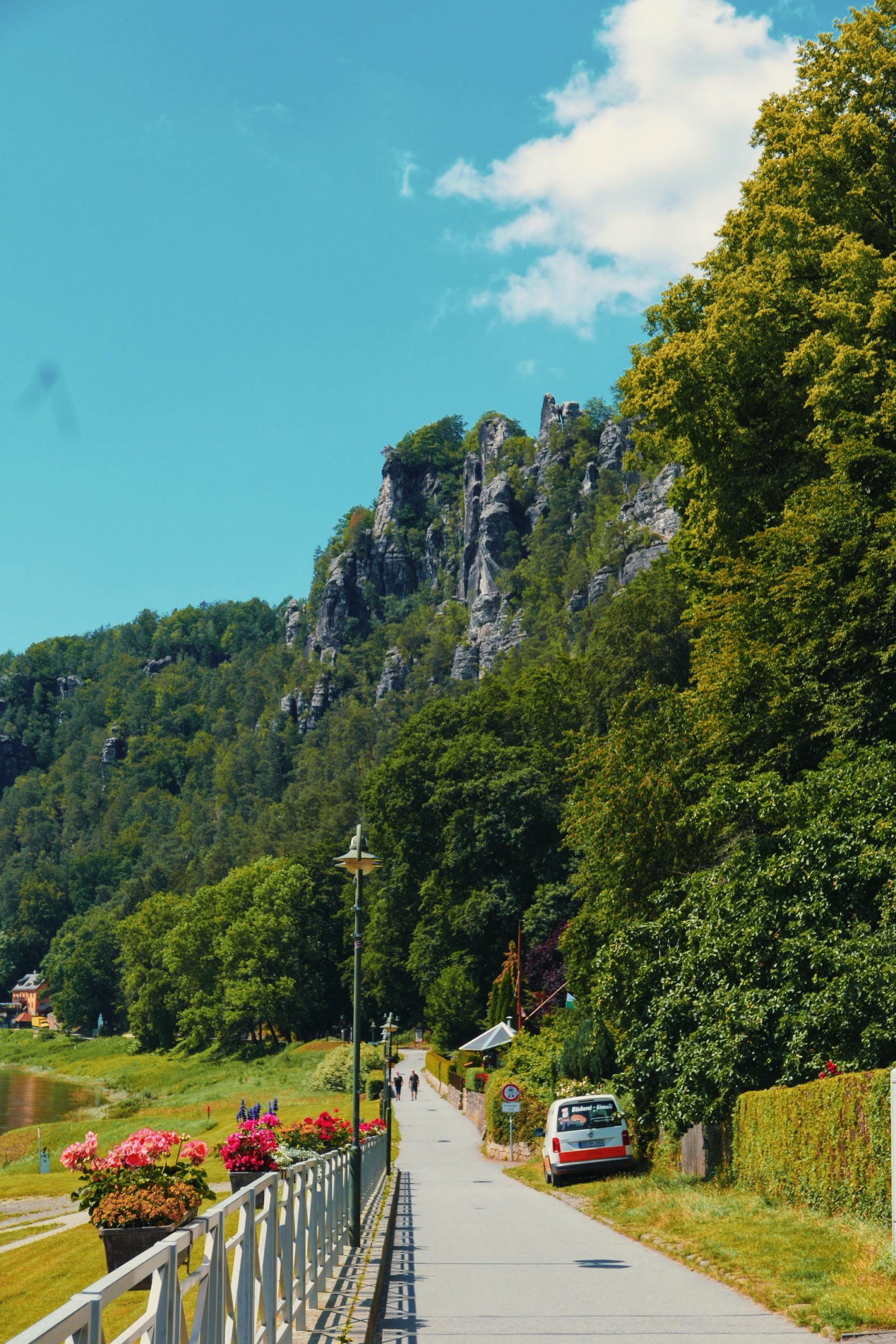






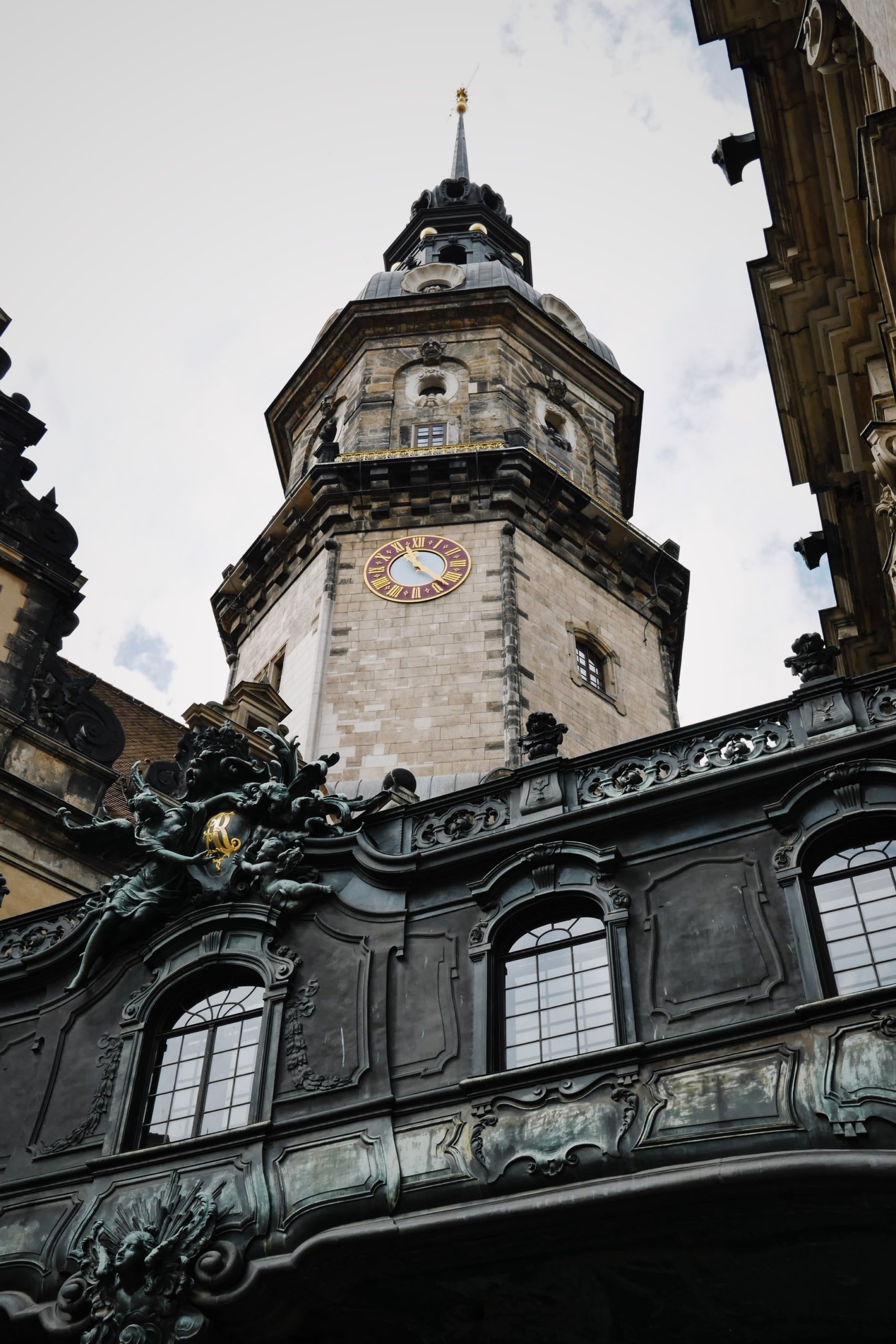
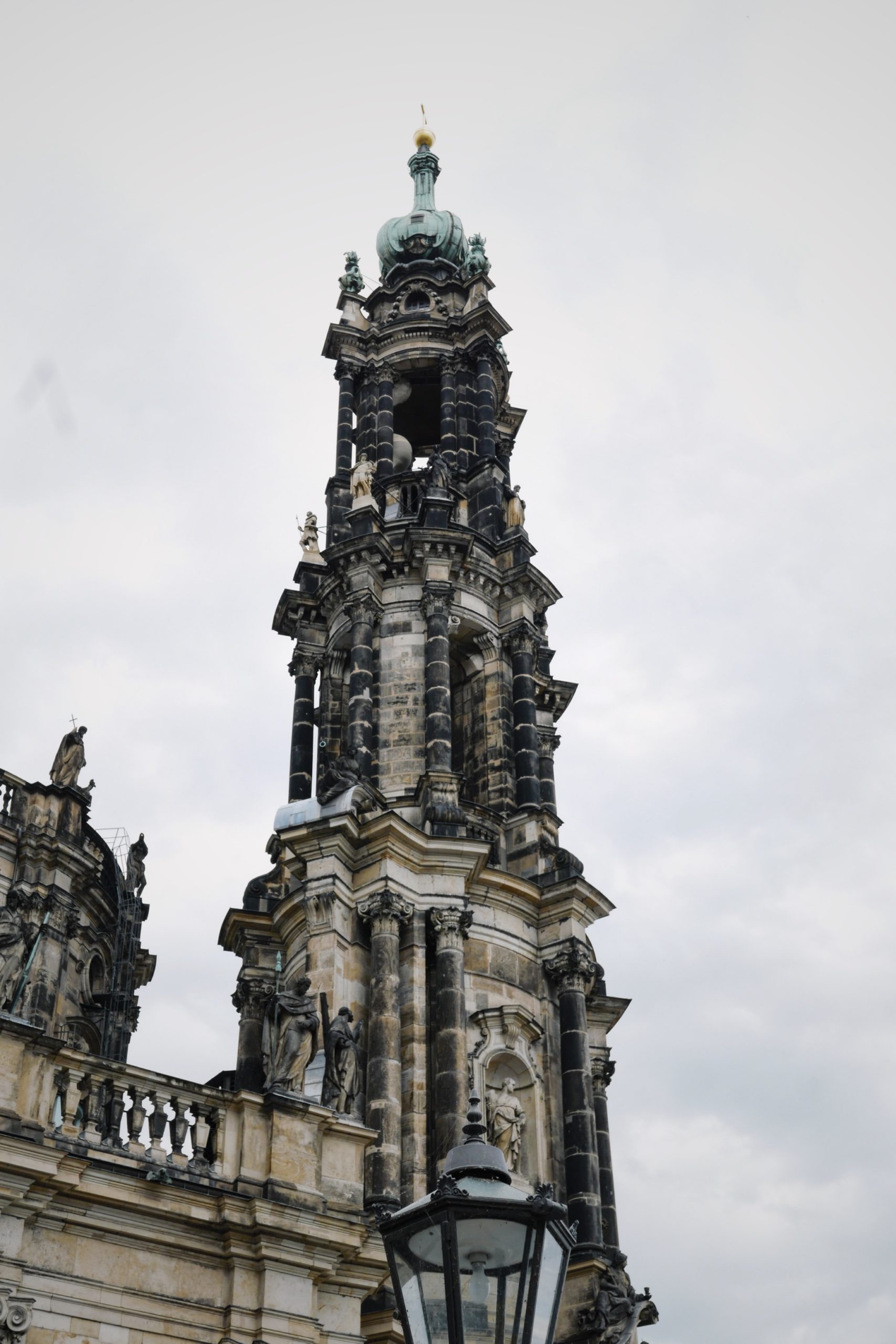




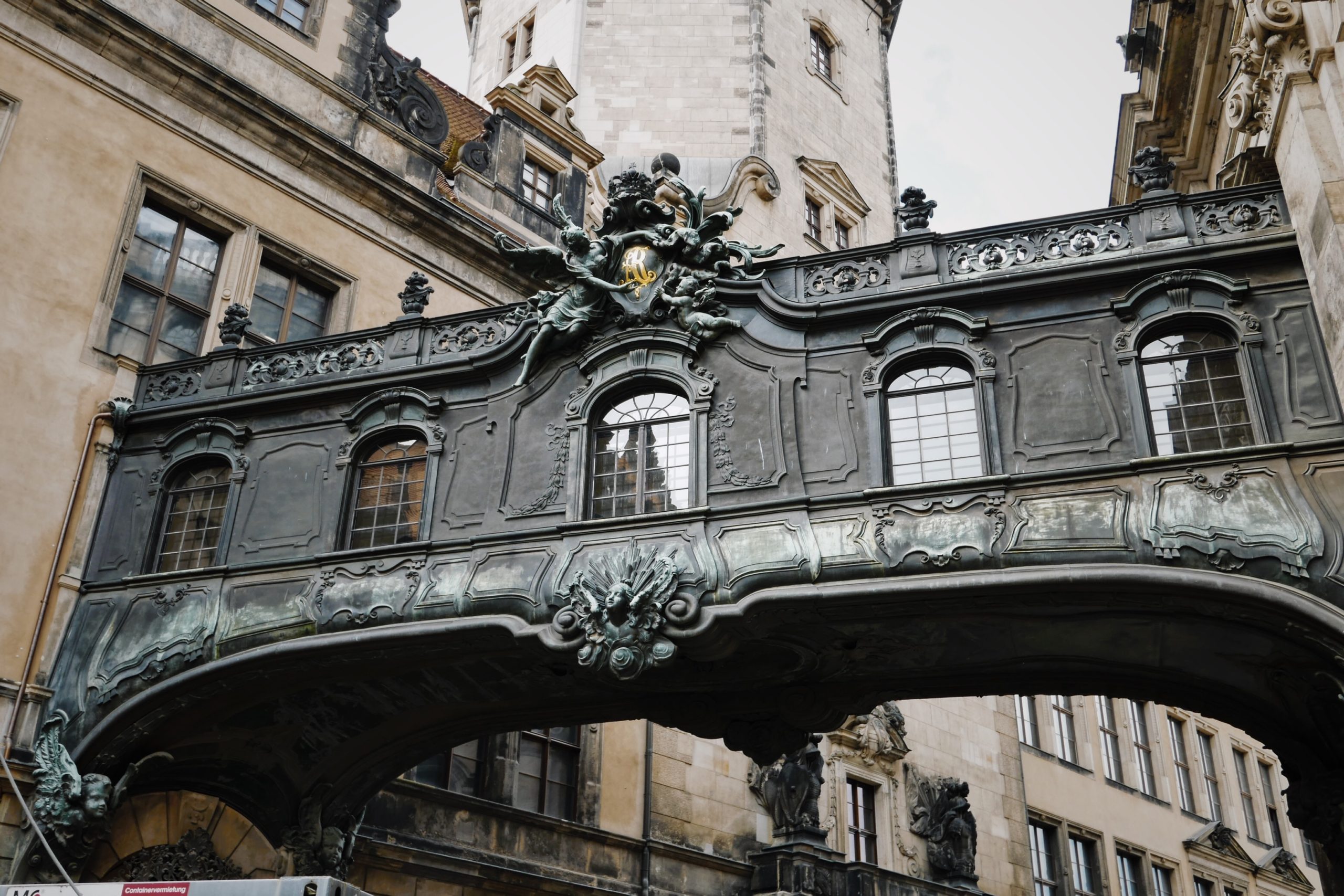









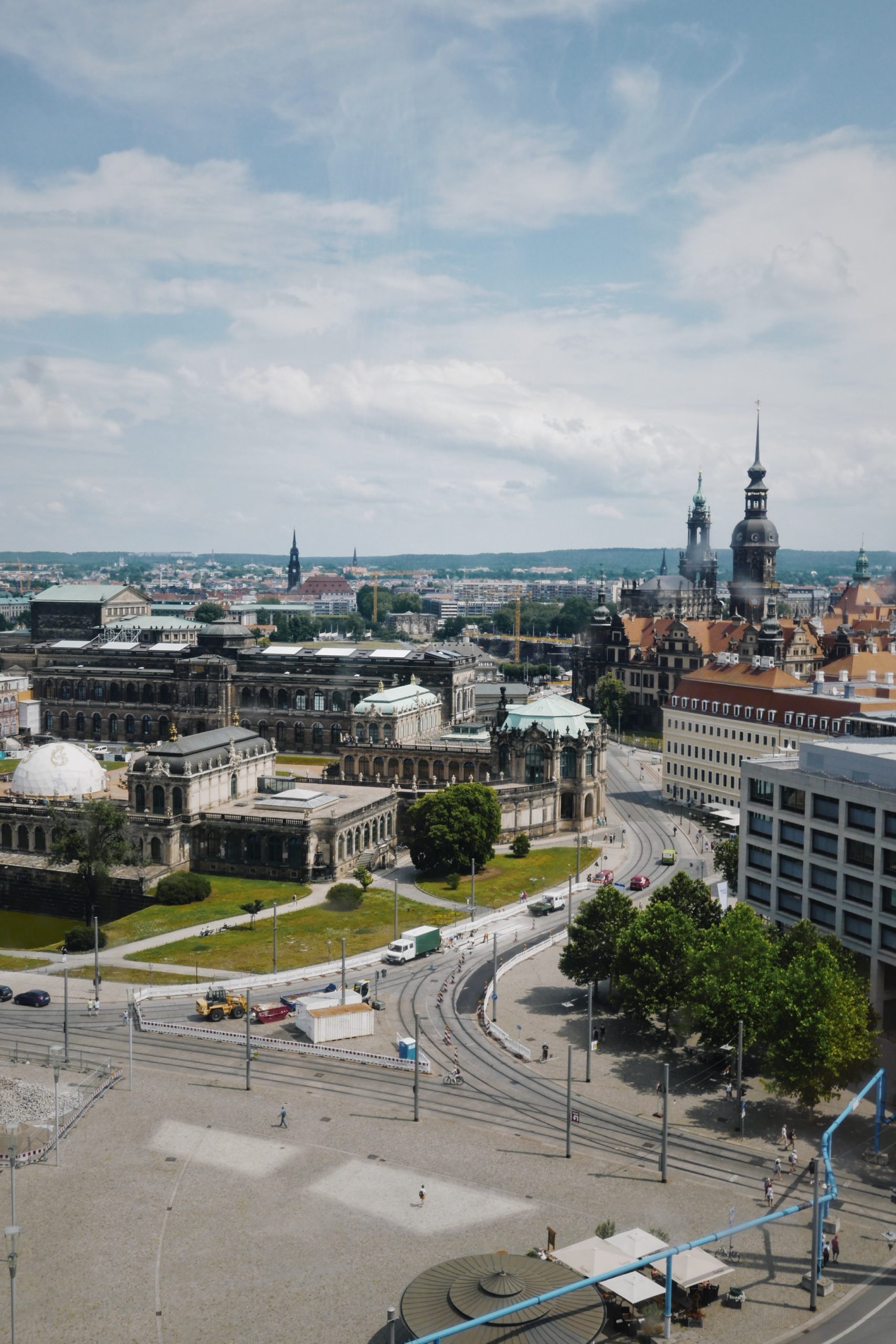


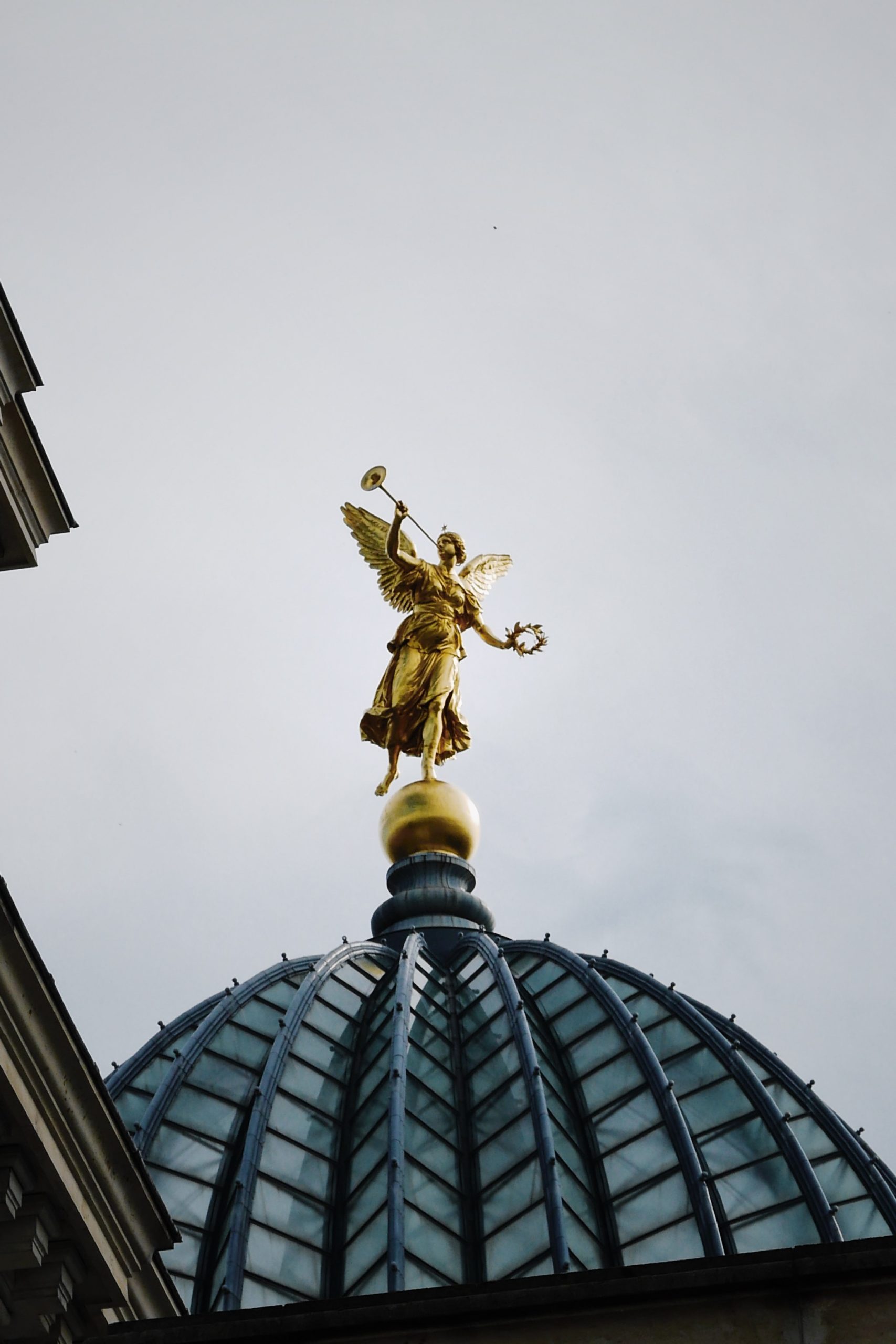

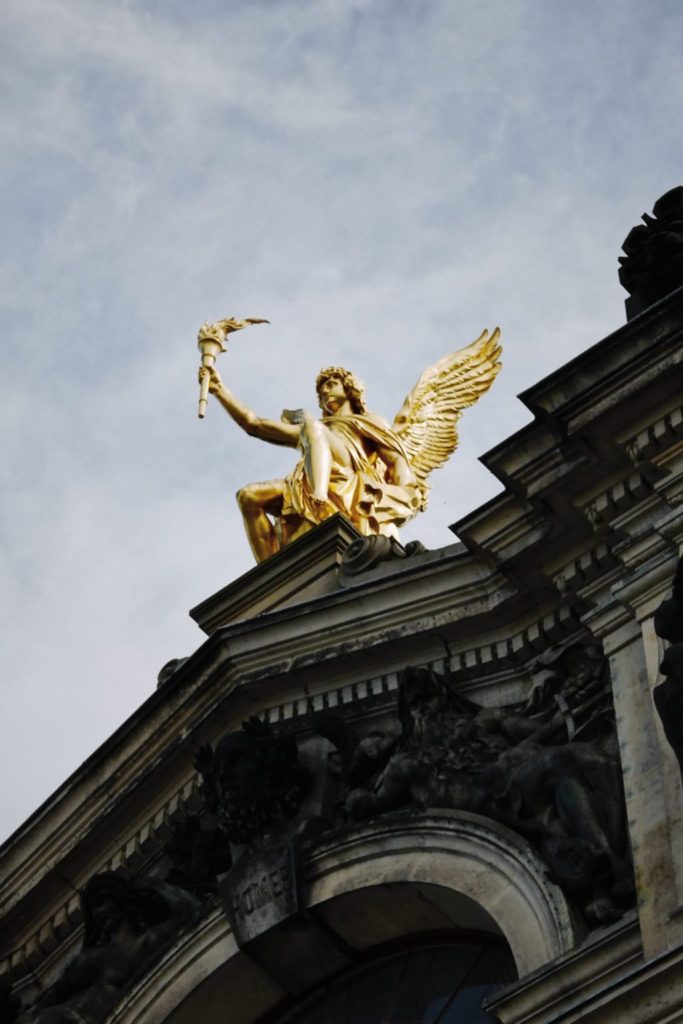





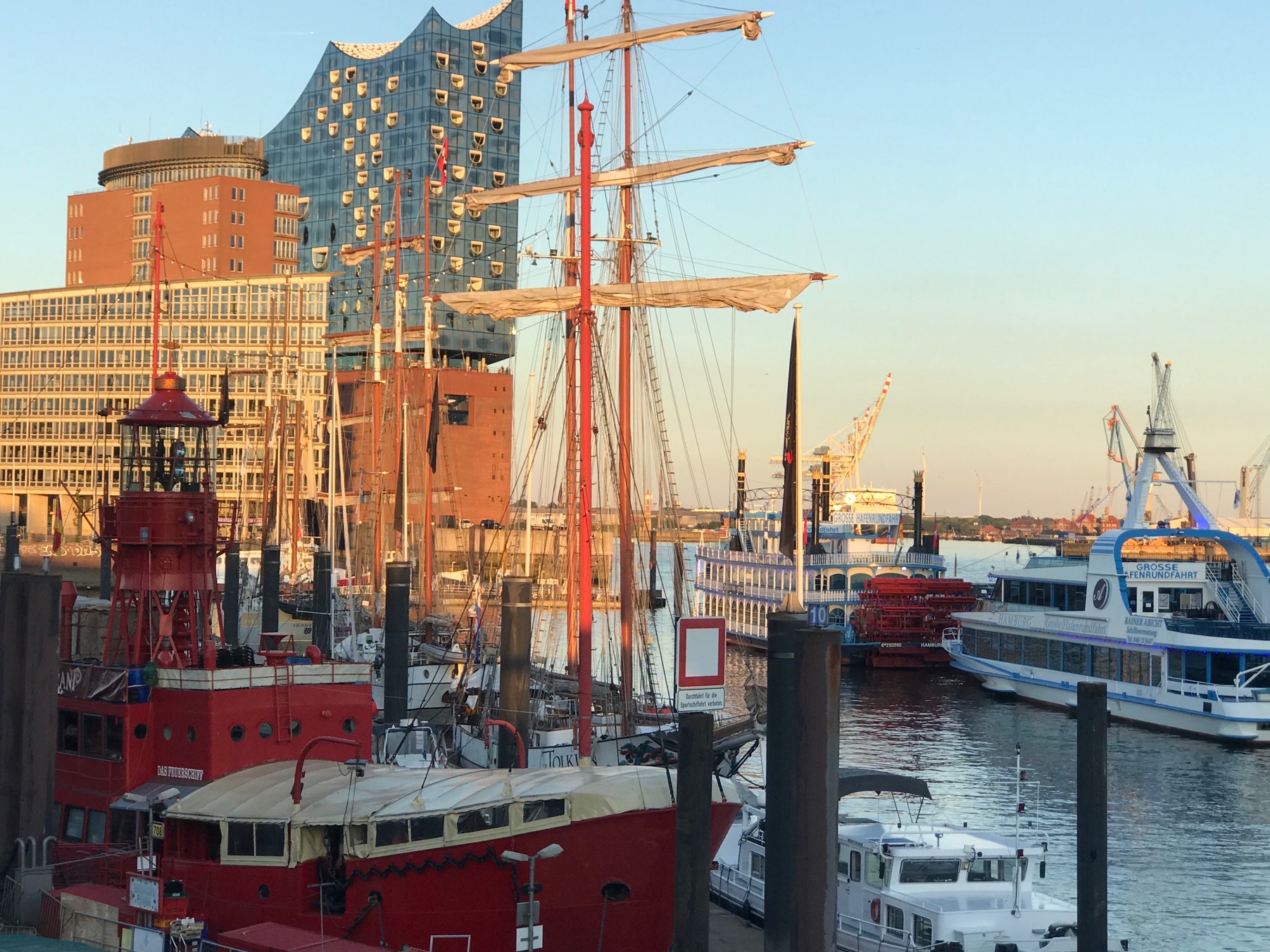
5 Comments
Lynda
Very pretty city & buildings. Uncle Walter was POW in Dresden for about 4 years in WWII.
Patricia Forner
All the accumulated coal dust over the centuries has left a pall on all those baroque buildings. Still, very interesting in terms of architecture of the period. Glad we have become less ornate over the years. Thanks for all your wonderful photos and, especially your description of how these places affect you emotionally. Ferris wheel riding is definitely out of the picture in future, but it is a little of the “Third Man” echo – just the wrong city!
Jeff Rheaume
There is a ferris wheel in Vienna that the cars are the size of train cars and at the top on a clear day you can see 4 countries.
Barb
Just wondering, why did you not park on the grass behind the van in your photos 🤔… would have allowed you to be $16 richer, but maybe no car on your return could have been problematic 😩
Christopher Urtz
A little historical note to add to your pictures of the Frauenkirche here. If you look at the picture of the Frauenkirche, you will see “little” black specks mixed in with the sandstone facade. These have an interesting history. The Frauenkirche was completely destroyed during the bombing of Dresden. As the people of Dresden set out to clean the city up, they would set aside any blocks that seemed to be re-usable. When the church was originally built, the architect saw to it that literally EVERY block had a serial number engraved into it, and used this in his drawings. As the drawings were used to rebuild the church, any brick that was set aside as reusable was then replaced in the modern version of the Frauenkirche in it’s original position.